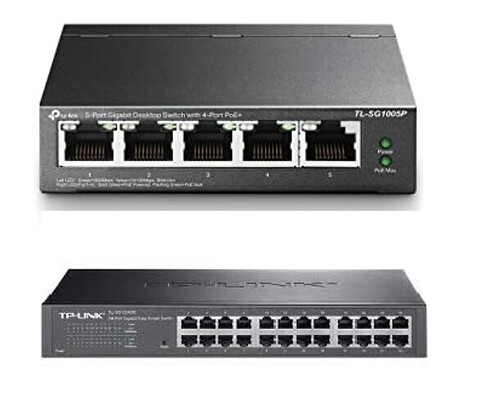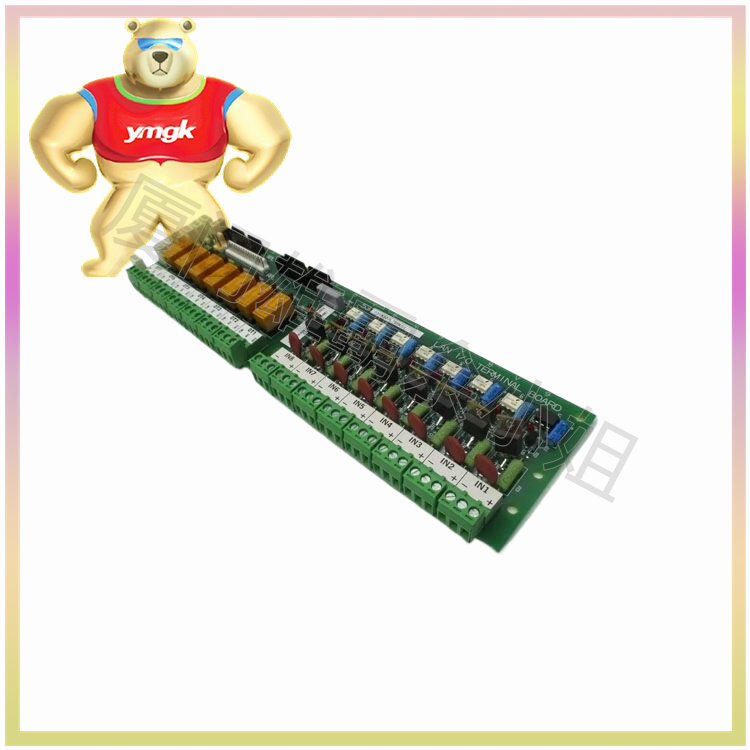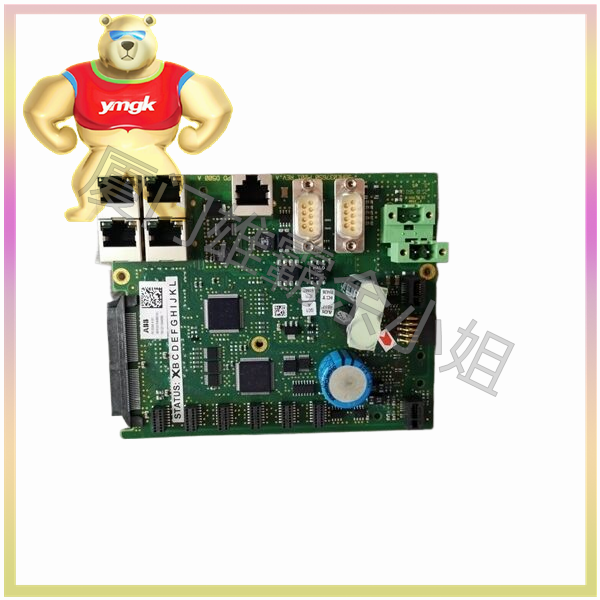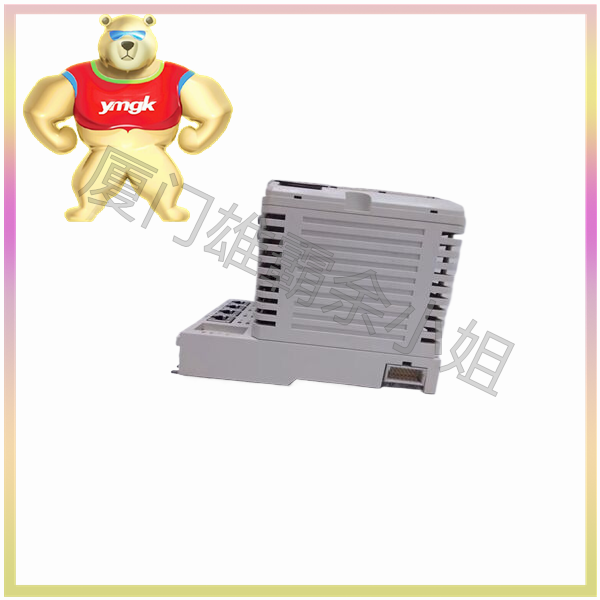2.1 Overview of Wiring Principles for Switching Modules
The wiring principle of the switch module mainly includes input wiring, output wiring, and power wiring. The input wiring is used to receive external switch signals, the output wiring is used to send control signals to external devices, and the power wiring is used to provide power to the module.
2.2 Input wiring principle
The input wiring is a critical part of the switch module that receives external switch signals. According to the type of input signal, input wiring can be divided into the following two types:
(1) DC input: suitable for receiving DC switch signals, such as buttons, sensors, etc.
(2) Communication input: suitable for receiving AC switch signals, such as AC contactors, relays, etc.
2.3 Output wiring principle
The output wiring is a critical part of the switch module that sends control signals to external devices. According to the type of output signal, output wiring can be divided into the following two types:
(1) Relay output: suitable for controlling high-power equipment such as motors, contactors, etc.
(2) Transistor output: suitable for controlling low-power devices such as indicator lights, buzzers, etc.
2.4 Power Wiring Principle
The power wiring is a critical part that provides power to the switch module. According to the type of power supply, power wiring can be divided into the following two types:
(1) DC power supply: suitable for DC switch module, such as 24V DC.
(2) AC power supply: suitable for AC switch modules, such as 220V AC.
3、 Wiring method for switch module
3.1 Input wiring method
3.1.1 DC input wiring method
The DC input wiring methods mainly include the following:
(1) Single line system: Connect one end of the input signal to ground and the other end to the input terminal of the module.
(2) Dual line system: Connect the two ends of the input signal to the input and common terminals of the module respectively.
(3) PNP type: Ground one end of the input signal, connect the other end to the input terminal of the module, and connect the common terminal of the module to the positive power supply.
(4) NPN type: One end of the input signal is grounded, the other end is connected to the input terminal of the module, and the common terminal of the module is connected to the negative power supply.
3.1.2 AC input wiring method
The communication input wiring methods mainly include the following:
(1) Single line system: Connect one end of the input signal to ground and the other end to the input terminal of the module.
(2) Dual line system: Connect the two ends of the input signal to the input and common terminals of the module respectively.
3.2 Output wiring method
3.2.1 Relay output wiring method
The relay output wiring methods mainly include the following:
(1) Normally open wiring: Connect the normally open end of the relay to the control equipment, and ground the normally closed end.
(2) Normally closed wiring: Connect the normally closed end of the relay to the control equipment and ground the normally open end.
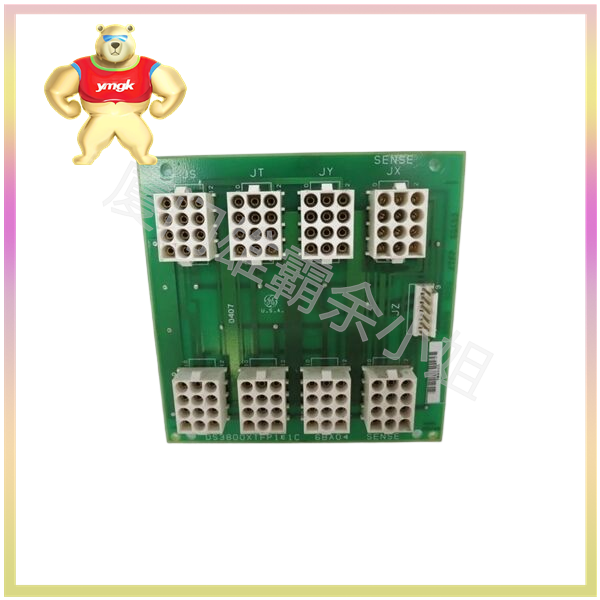
3.2.2 Wiring method for transistor output
The output wiring methods of transistors mainly include the following:
(1) NPN type wiring: Connect the collector of the transistor to the positive power supply, the emitter to the control device, and the base to the output terminal of the module.
(2) PNP type wiring: Connect the emitter of the transistor to the positive power supply, the collector to the control device, and the base to the output terminal of the module.
3.3 Power wiring method
The power wiring methods mainly include the following:
(1) DC power supply wiring: Connect the positive pole of the power supply to the positive power supply terminal of the module and the negative pole to the negative power supply terminal of the module.
(2) AC power wiring: Connect the live wire of the power supply to the live wire end of the module and the neutral wire to the neutral wire end of the module.

